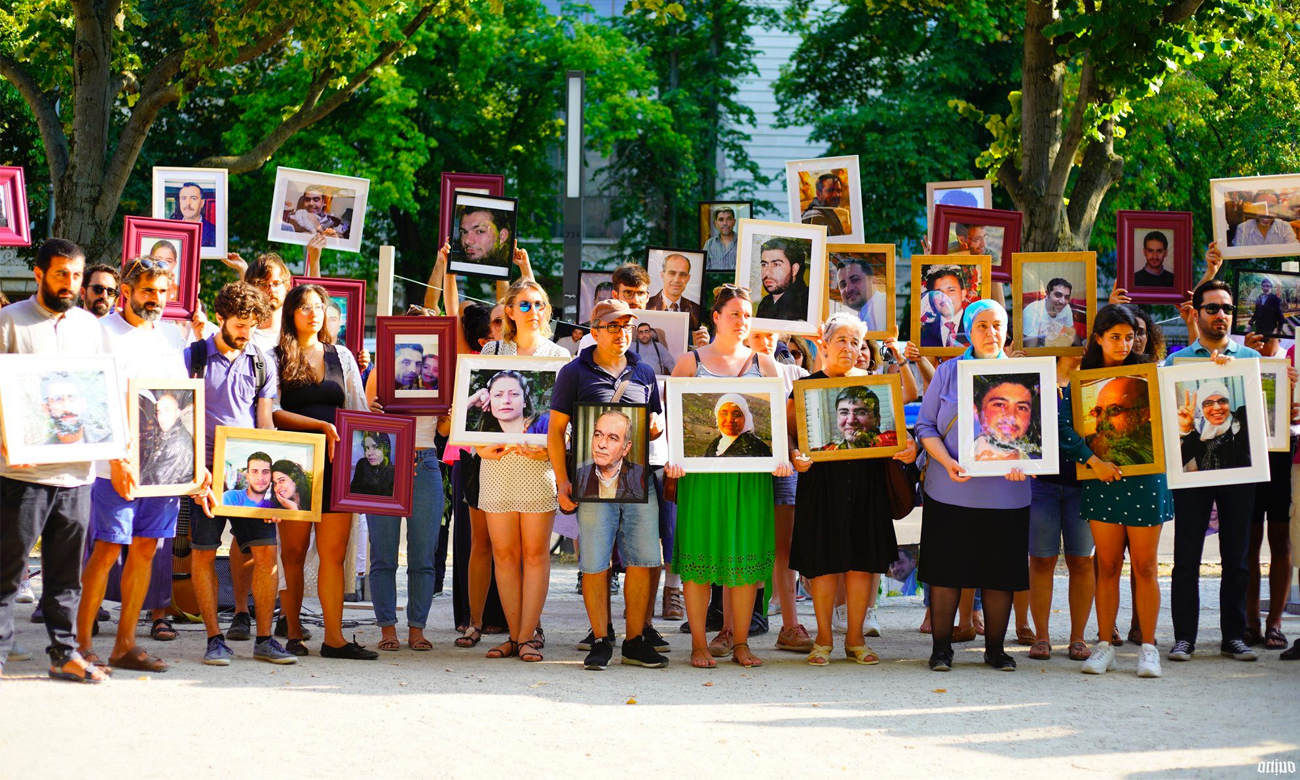After 11 years of violence and conflict in Syria, the decrease in hostilities and narratives of normalisation hide a grim reality that remains as pressing as ever: the need to address the tragedy of missing persons. This call has been increasingly made by victim/survivor/family organisations, Syrian civil society, international institutions, and several Member States.
The urgency of the situation was seen in Human Rights Council Resolution 47/18 which focused on detention and enforced disappearances in Syria.
This momentum culminated with the General Assembly’s adoption of Resolution 76/228 on 24 December 2021. This resolution requested the Secretary-General to “conduct a study on how to bolster efforts, including through existing measures and mechanisms, to clarify the fate and whereabouts of missing people in the Syrian Arab Republic, identify human remains and provide support to their families”.
Among the set of solutions, the creation of a new entity dedicated to missing persons in Syria has been a key proposal, including by the UN High Commissioner for Human Rights.
These discussions brought renewed attention to the right of the families of missing persons to know what happened, with some confusion or misunderstanding on the meaning and implications of this right.
This paper aims at clarifying the definition and scope of the right to know under both international humanitarian law (IHL) and international human rights law (IHRL), and how it relates to violations and to families as victims in the context of Syria.
Read Full Paper Here.
